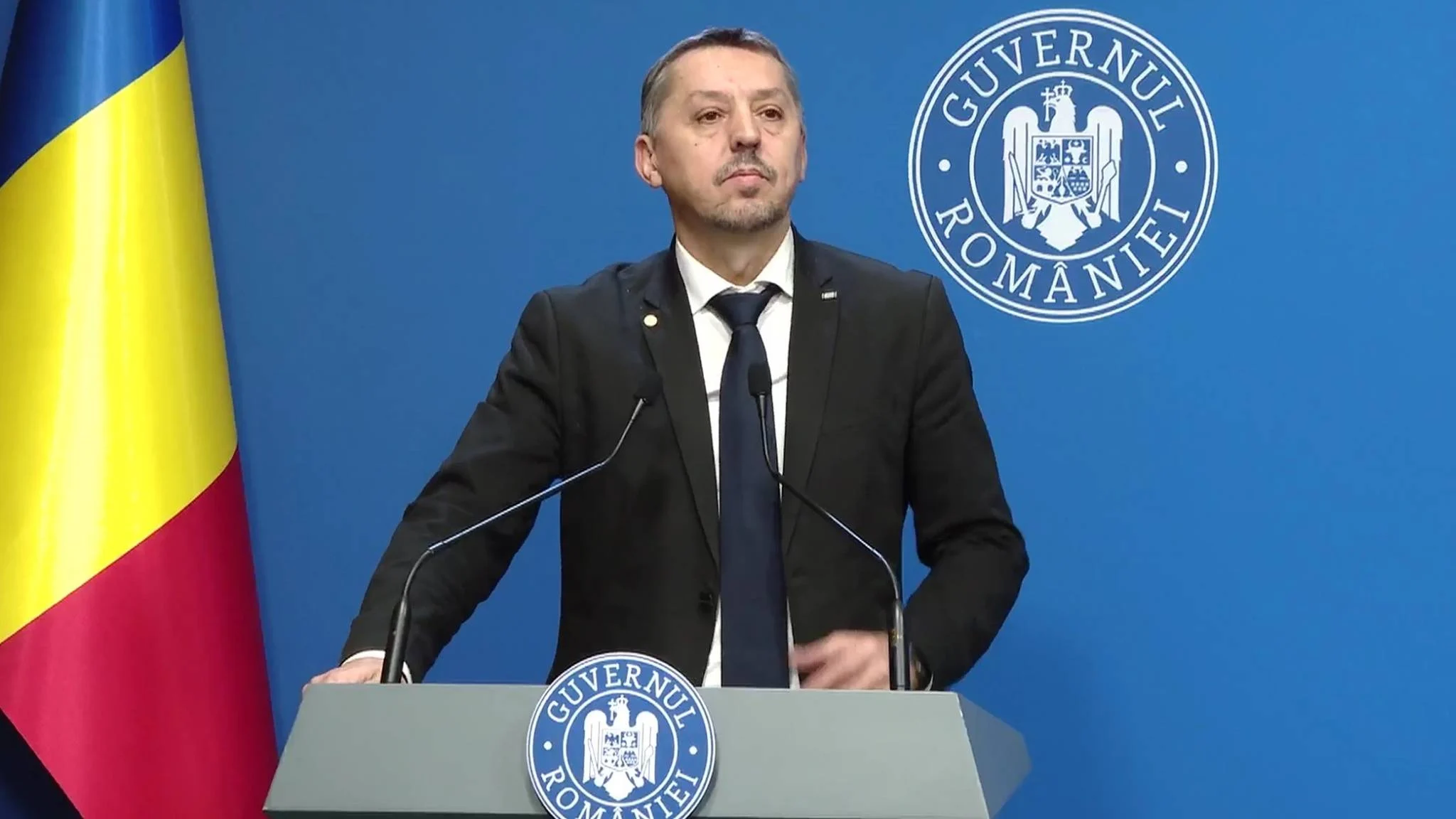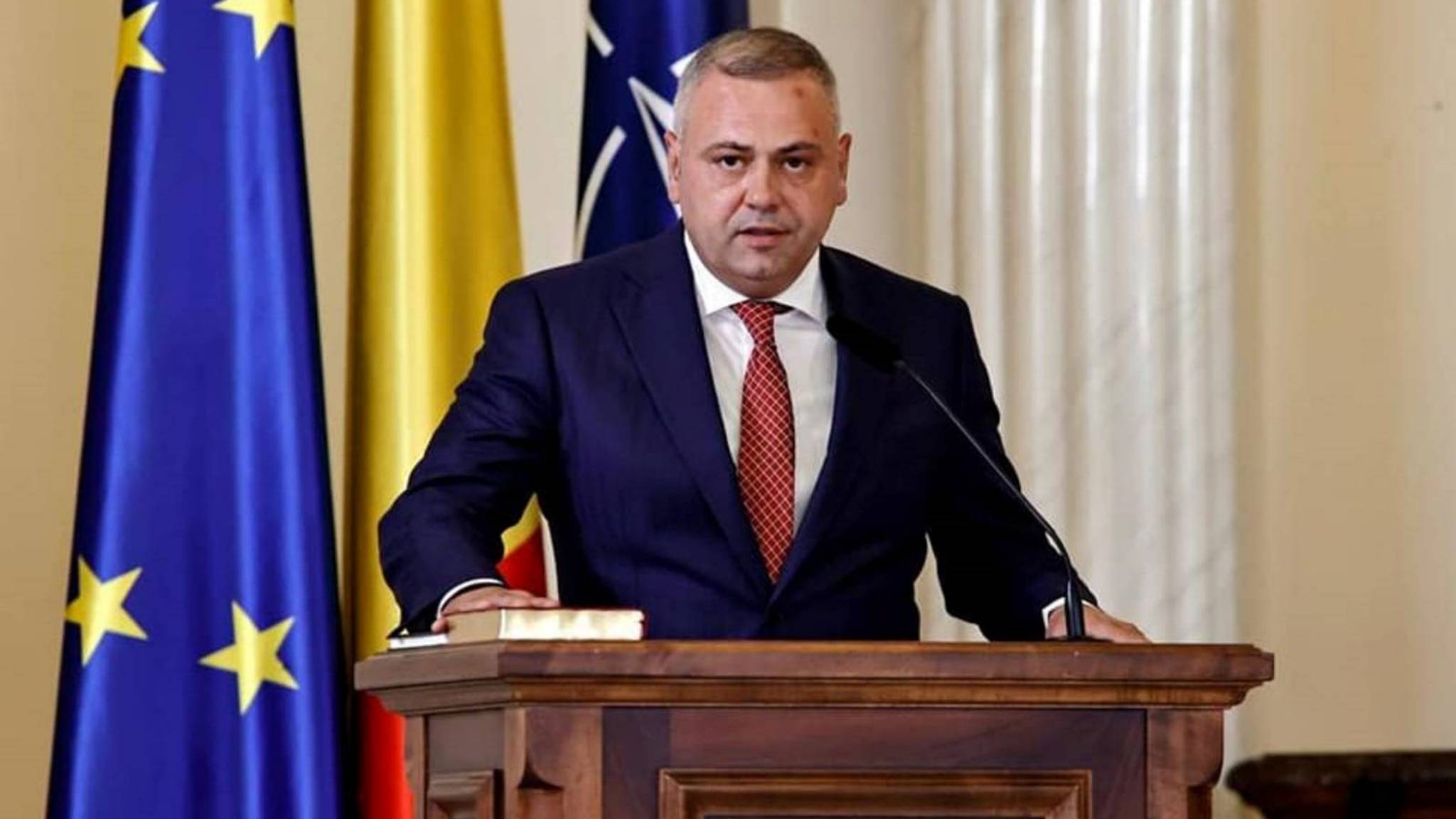| Shakyamuni and Queen Vaidehi (source of the photo) |
Contemplation Sutra. It is a work in
progress and
may be changed and improved as I advance with the
book.
The Contemplation
Sutra[1] was
taught in the context of a tragedy in the royal family of
Magadha[2].
Master
Shan-tao[3] who
wrote a commentary on this
sutra[4] gave a
detailed account of what happened. As there is no English
translation available of his commentary I quote Rev Hisao Inagaki’s
summary of Shan-tao’s explanation:
Seeing that Ajatasatru hesitated, Devadatta pointed at the prince’s broken little finger and told him the following story.
When she had said these words, tears of sorrow streamed down her cheeks like rain. Then she bowed toward the Buddha in the distance.”[8]
After worshiping Him, Vaidehi raised her head and saw Shakyamuni Buddha, the World-honored One. He was the color of purple-gold and was seated upon a lotus flower of a hundred jewels. He was attended by Mahamaudgalyayana on his left and Ananda on his right. Sakra (Indra), Brahma, the guardian gods of the world, and other devas were in the air about Him. Scattering heavenly blossoms like rain, they paid homage to the Buddha.”[9]
Bliss.”[15]
When these words were spoken, Amitayus (Amida) appeared in the air above, attended on His left and right by the two mahasattvas Avalokitesvara and Mahasthamaprapta. So brilliant was their radiance that it was impossible to see them in detail. They could not be compared even with a hundred thousand nuggets of gold from the Jambu River.
After she had this vision of Amitayus, Vaidehi knelt down in worship at Shakyamuni’s feet and said to Him, ‘World-honored One, through your power I have been able to see Amitayus and the two Bodhisattvas’”.[18]
Seeing that Ajatasatru hesitated, Devadatta pointed at the prince’s broken little finger and told him the following story.
When she had said these words, tears of sorrow streamed down her cheeks like rain. Then she bowed toward the Buddha in the distance.”[8]
After worshiping Him, Vaidehi raised her head and saw Shakyamuni Buddha, the World-honored One. He was the color of purple-gold and was seated upon a lotus flower of a hundred jewels. He was attended by Mahamaudgalyayana on his left and Ananda on his right. Sakra (Indra), Brahma, the guardian gods of the world, and other devas were in the air about Him. Scattering heavenly blossoms like rain, they paid homage to the Buddha.”[9]
Bliss.”[15]
When these words were spoken, Amitayus (Amida) appeared in the air above, attended on His left and right by the two mahasattvas Avalokitesvara and Mahasthamaprapta. So brilliant was their radiance that it was impossible to see them in detail. They could not be compared even with a hundred thousand nuggets of gold from the Jambu River.
After she had this vision of Amitayus, Vaidehi knelt down in worship at Shakyamuni’s feet and said to Him, ‘World-honored One, through your power I have been able to see Amitayus and the two Bodhisattvas’”.[18]
- to be continued -
[1] Sutra on Visualisation of the Buddha of Infinite Life (Amitayurdhyana Sutra in Skt./Bussetsu Kanmuryoju Kyo in Japan.). It is often called Contemplation Sutra. This sutra was translated into Chinese during the Liu-Sung dynasty (424-442 C.E.) by the Tripitaka Master Kalayasas (Kyoryoyasha).
[2] Magadha was a kingdom in north-east India.
[3] Shan’tao (613–681) was the seven Patriarchs of Jodo Shinshu according to Shinran Shonin.
[4] Master Shan-tao’s Commentary on the Contemplation Sutra has not yet been translated into English. I only had access to a few fragments from the English edition of Shinran’s works.
[5] The Three Pure Land Sutras - A Study and Translation from Chinese by Hisao Inagaki in collaboration with Harold Stewart, Bukkyo Dendo Kyokai and Numata Centre for Buddhist Translation and Research, Kyoto, 2003, p. xviii - xix
[6] The Three Pure Land Sutras - A Study and Translation from Chinese by Hisao Inagaki in collaboration with Harold Stewart, Bukkyo Dendo Kyokai and Numata Centre for Buddhist Translation and Research, Kyoto, 2003, p75
[7] The Contemplation Sutra begins with the following words:
“Thus have I heard. At one time the Buddha was staying on Vulture Peak in Rajagṛha with a great assembly of twelve hundred and fifty monks. He was also accompanied by thirty-two thousand Bodhisattvas led by Manjusri, the Dharma Prince.”
According to Master Rennyo’s interpretation, the Contemplation Sutra and the Lotus Sutra were taught by Shakyamuni in the same time. I will explain this in more detail at a later time in the commentary.
[8] The Three Pure Land Sutras - A Study and Translation from Chinese by Hisao Inagaki in collaboration with Harold Stewart, Bukkyo Dendo Kyokai and Numata Centre for Buddhist Translation and Research, Kyoto, 2003, p.76
[9] The Three Pure Land Sutras - A Study and Translation from Chinese by Hisao Inagaki in collaboration with Harold Stewart, Bukkyo Dendo Kyokai and Numata Centre for Buddhist Translation and Research, Kyoto, 2003, p.76-77
[10] The Three Pure Land Sutras - A Study and Translation from Chinese by Hisao Inagaki in collaboration with Harold Stewart, Bukkyo Dendo Kyokai and Numata Centre for Buddhist Translation and Research, Kyoto, 2003, p.77
[11] The Three Pure Land Sutras - A Study and Translation from Chinese by Hisao Inagaki in collaboration with Harold Stewart, Bukkyo Dendo Kyokai and Numata Centre for Buddhist Translation and Research, Kyoto, 2003, p.77
[12]
[13]
[14]It is said that when the Great Master Bodhidharma came to China, Emperor Wu called him and asked him: “I’ve built many temples and I’ve offered many lands to the path of the Buddha; now please tell me what merits have I gained? Bodhidharma’s answer came shocking but true: “None, not one merit.”
In Buddhism we speak about two kinds of merits: mundane and supramundane. The mundane good is the effect of every good deed fulfilled with the purpose (conscious or unconscious) that there will be positive consequences: happiness in this life or in the next, a better rebirth, etc. This good deed doesn’t escape the subtle or gross forms of greed, which is one of the “Three Poisons” along with anger and ignorance (delusion). No matter how spiritually advanced we think we are, any good we do while we still identify ourselves with the false self, is a mundane good. As Shinran said:
“Extremely difficult is it to put an end to our evil nature;
The mind is like a venomous snake or scorpion.
Our performance of good acts is also poisoned;
Hence, it is called false and empty practice.”
(Shozomatsu Wasan, 96)
Contrary to this, the supramundane good represents any kind of action undertook without a personal goal or interest. It is spontaneous and natural, aiming exclusively to the well being of others and it has absolutely no trace of ego. Only this is the materialization of true compassion and may be considered as a genuine virtue leading not only to a better life in one of the six forms of existence, but to perfect Enlightenment. This kind of supramundane good was accumulated by Bodhisattva Dharmakara during many kalpas of selfless practice and dedication before He became Amida Buddha.
Emperor Wu is representative for all of us who have the pretention that by our deeds we are clean and pure without even realizing that the true virtues are very far away from our tiny actions fulfilled under the influence of ego. What the Emperor had accomplished represented mere mundane merits: that is why Bodhidharma told him: “not one merit”. We, the Jodo Shinshu followers, should never forget these meaningfull words and never consider ourselves spiritually pure or superior. “Know yourself to be a foolish being of karmic evil”, said Master Shan-tao. Also Master Shinran said:
“With minds full of malice and cunning, like snakes or scorpions,
We cannot accomplish good acts through self-power;
And unless we entrust ourselves to Amida's directing of virtue,
We will end without knowing shame or self-reproach.”
(Shozomatsu Wasan 99)
As long as we identify with our false self any good we do is poisoned and cannot generate true supramundane merits. Our actions may lead us to rebirth in better states of samsaric existence but cannot help us attain birth in the true fulfilled land of the Pure Land (center of the Pure Land). For such a birth we need to receive Amida’s transference of merits – “Amida's directing of virtue”,which is possible only for people who entrusted themselves totally to Him in accordance with the Primal Vow.
[15] The Three Pure Land Sutras - A Study and Translation from Chinese by Hisao Inagaki in collaboration with Harold Stewart, Bukkyo Dendo Kyokai and Numata Center for Buddhist Translation and Research, Kyoto, 2003, p.78
[16]The Three Pure Land Sutras - A Study and Translation from Chinese by Hisao Inagaki in collaboration with Harold Stewart, Bukkyo Dendo Kyokai and Numata Center for Buddhist Translation and Research, Kyoto, 2003, p.79.
[17] The Three Pure Land Sutras - A Study and Translation from Chinese by Hisao Inagaki in collaboration with Harold Stewart, Bukkyo Dendo Kyokai and Numata Center for Buddhist Translation and Research, Kyoto, 2003, p.79
[18]The Three Pure Land Sutras - A Study and Translation from Chinese by Hisao Inagaki in collaboration with Harold Stewart, Bukkyo Dendo Kyokai and Numata Center for Buddhist Translation and Research, Kyoto, 2003, p. 83-84
[19] The Three Pure Land Sutras - A Study and Translation from Chinese by Hisao Inagaki in collaboration with Harold Stewart, Bukkyo Dendo Kyokai and Numata Center for Buddhist Translation and Research, Kyoto, 2003, p.79
[20] The Three Pure Land Sutras - A Study and Translation from Chinese by Hisao Inagaki in collaboration with Harold Stewart, Bukkyo Dendo Kyokai and Numata Center for Buddhist Translation and Research, Kyoto, 2003, p.83-84
[21] The Three Pure Land Sutras - A Study and Translation from Chinese by Hisao Inagaki in collaboration with Harold Stewart, Bukkyo Dendo Kyokai and Numata Center for Buddhist Translation and Research, Kyoto, 2003, p.91

.jpeg)











